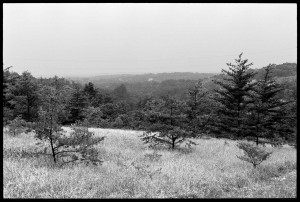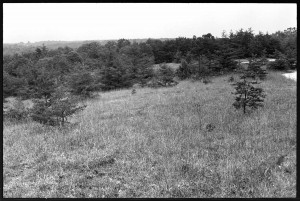I watched eBay auctions for Nikon D3100 cameras for a day, then started watching auctions for D5100 cameras. I assumed that the upgrade from the Nikon D40’s six megapixels had to be at least to 14 megapixels to make a noticeable improvement in copies of old Plus-X film, and I assumed that to really record the film grain, the D5100’s 16 megapixels would be required. But the D5100 was $100 more, and the raw files it makes are 20 MB, compared to 15 MB for the D3100 (and 5 MB for my old D40). The D5100 is also bigger and a bit heavier. After several D3100 auctions completed, I ordered a refurbished one from Adorama for $350, about the price used ones were going for on eBay with a kit 18-55 mm VR lens. This gave me a 90 day warranty and it was easy to order a couple of spare batteries. It arrived in 1.5 days for $6 shipping, way better than most eBay deals.
Click photos to enlarge
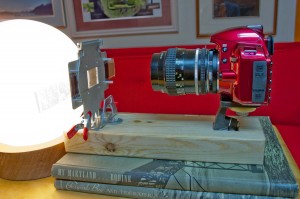
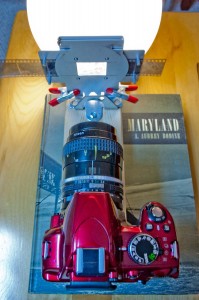
The workflow is to shoot at ISO 100 (the D3100’s slowest) in manual mode. The old lens has no electronic connection to the camera, so focus is manual and exposure is by trial and error. A good exposure seems to be f/8 at 1/30 second. The NEF files go into Lightroom 3 which makes a 16 bit TIFF for editing in Photoshop CS3.
In Photoshop the image is rotated to level it, converted to grayscale mode, inverted (negative becomes positive), and levels are adjusted. The histograms typically occupy about half of the potential dynamic range, so the photos are pretty dull. This suggests that I am not capturing all of the dynamic range present in the negatives. With the levels tool, I stretch the histogram to fill the entire range. This is done in two steps, first for the entire image including a black border that I include with each copy, then for just the photo part of the image, or if there is dull gray sky, just the non-sky part is stretched to occupy all or most of the potential dynamic range. Dust removal is manual, because the automatic dust filter in Photoshop mushes the nice grain that I have labored to capture. My goal is to display the entire images without cropping to honor the effort I put into looking through the viewfinder 14,000 times when I was young and healthy and could have been doing more exciting things.
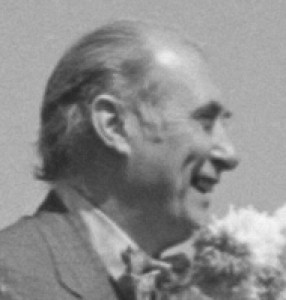
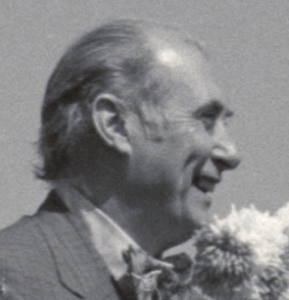
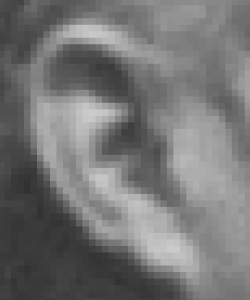
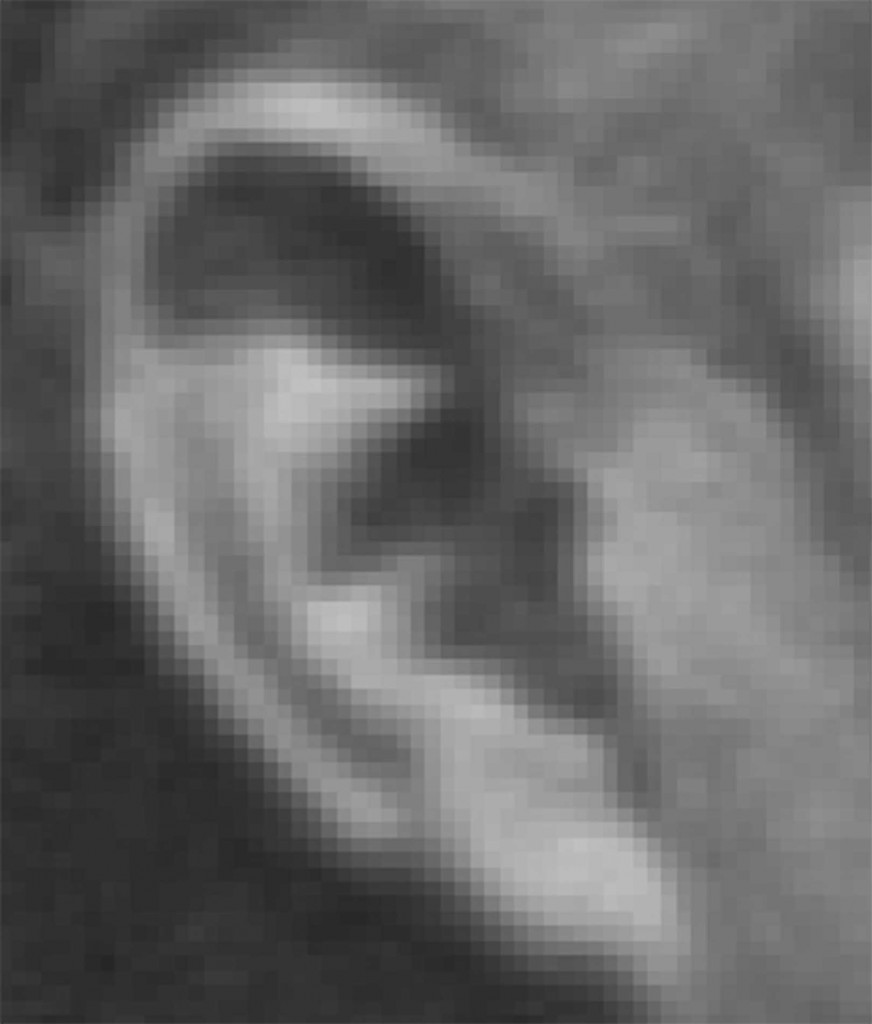
Here are a few of the photos I have copied. The only rolls of film I have worked with so far were shot at Soldiers Delight in Maryland, and the ones below were taken in the fall of 1973. It has become obvious that 40 years after these photos were taken, the vegetation change that could be documented by repeating these views has some value. I think people who are familiar with Soldiers Delight can help me determine the exact location of these shots. The young Virginia pines would be much larger now if they are still there. I assume most of the pines have been removed in the last 20 years to encourage the grassland and oak savanna communities. Let me know if you recognize these scenes. It would be a great project to repeat these photos.
